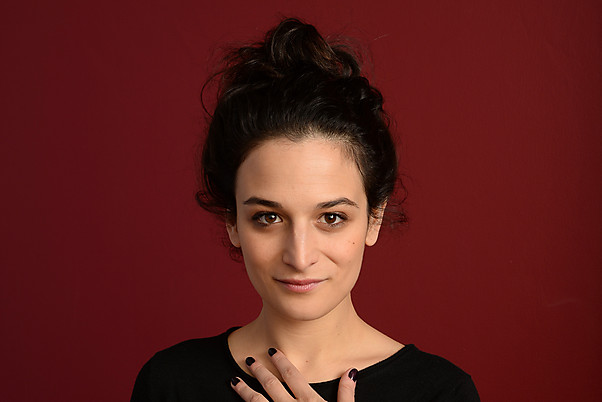 Here are my goals for this summer:
Here are my goals for this summer:
Spend more time with my best friend. Spend an afternoon lying in the sun and eating pizza and talking until we have nothing left to say, like we used to do as teenagers. (I’ll allow myself one cigarette, but only one, since smoking is much less pleasurable after watching Garrett march through cancer.)
Swim as often as possible. Never turn down an opportunity to swim because I am worried about how much I ate and how my stomach looks in a bikini. Never turn down an opportunity to swim because it’s raining or because I’m lazy or because I don’t have a swim suit. Just swim anyway.
Finish my book. Be happy with it. Remember that this book has been years in the making. Be proud of what I’ve done.
Sleep late.
Eat pie. Particularly pies made of berries and cherries.
Go camping. See more of Maine. Climb mountains. Ride a bike through the woods and be afraid, but do it anyway. Nap in a canoe. Pee behind trees because there are no bathrooms way out here. Eat s’mores. Make dandelion wine. Read magazines on the beach. Smell tree bark. Get drunk and swim in the ocean. Be too cold. Be too hot. Build a fort. Watch the stars.
Image: Illustration by Adams Carvalho, who makes being young look so fucking fun.

 One of my many 2016 goals is to get in touch with my wild side. I don’t mean my party-girl-stay-up-all-night self (no, I know that bitch well enough already, thanks) but my moss-sniffing, leaf-eating, earth-worshipping wild side. The side of me that revels in storms and licks the rainwater off my face. The side that dreams of bears and sleeps under the stars.
One of my many 2016 goals is to get in touch with my wild side. I don’t mean my party-girl-stay-up-all-night self (no, I know that bitch well enough already, thanks) but my moss-sniffing, leaf-eating, earth-worshipping wild side. The side of me that revels in storms and licks the rainwater off my face. The side that dreams of bears and sleeps under the stars.
 There’s nothing wild about looking at pictures on your computer screen, but it is very inspiring.
There’s nothing wild about looking at pictures on your computer screen, but it is very inspiring. 





